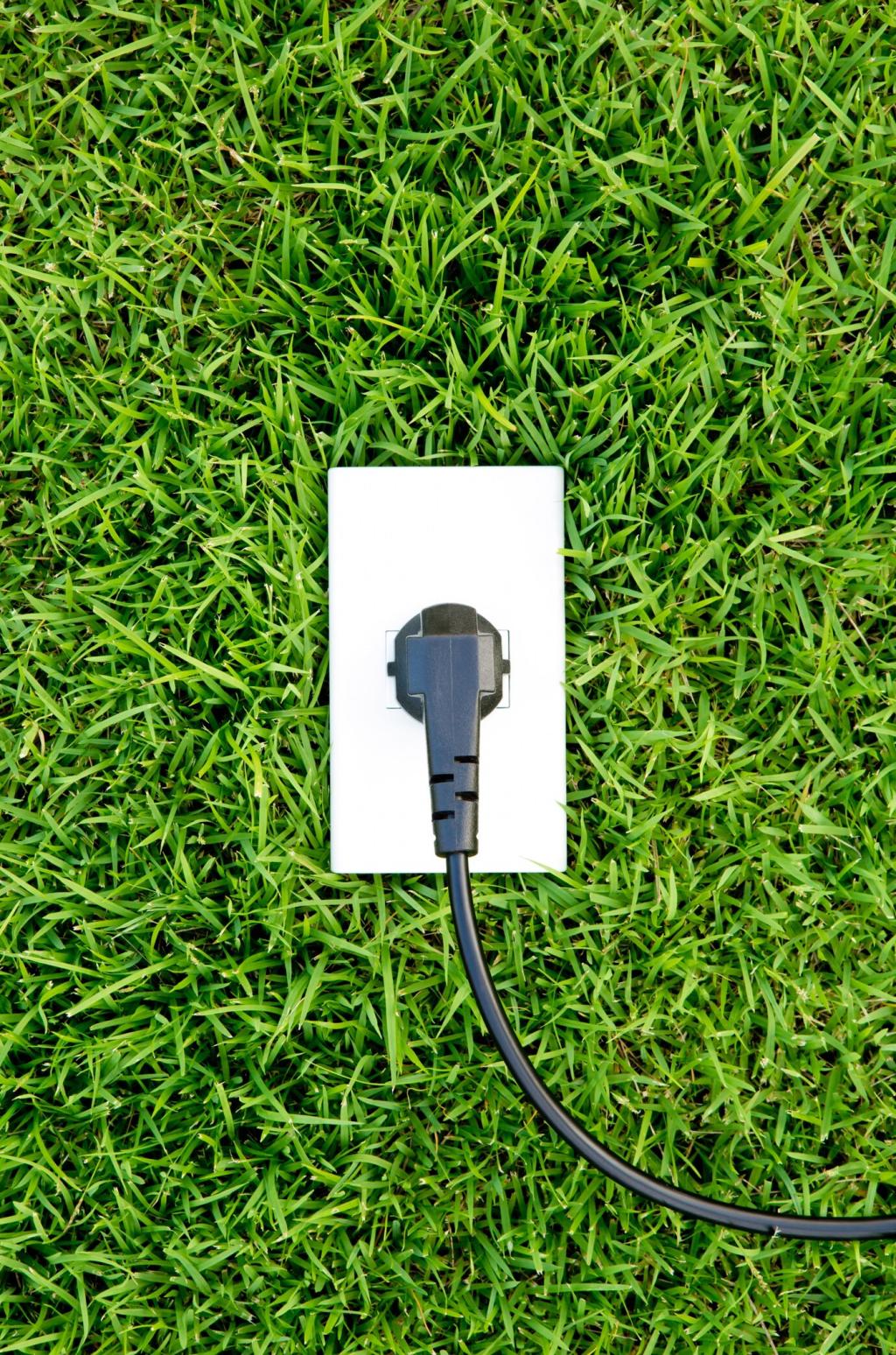Attic Upgrades: Big Savings Over Your Head
Blown‑in cellulose settles nicely around odd shapes and fills gaps, while fiberglass offers consistent coverage when properly installed. Either can help you reach cold‑climate targets like R‑49 or higher, but success hinges on even depth and careful attention around recessed lights.
Attic Upgrades: Big Savings Over Your Head
Before laying more insulation, seal penetrations with foam or caulk and weatherstrip the attic hatch. Even small gaps around electrical boxes and plumbing vents leak lots of warm air. A tight lid keeps your new insulation performing like the cozy blanket it should be.






